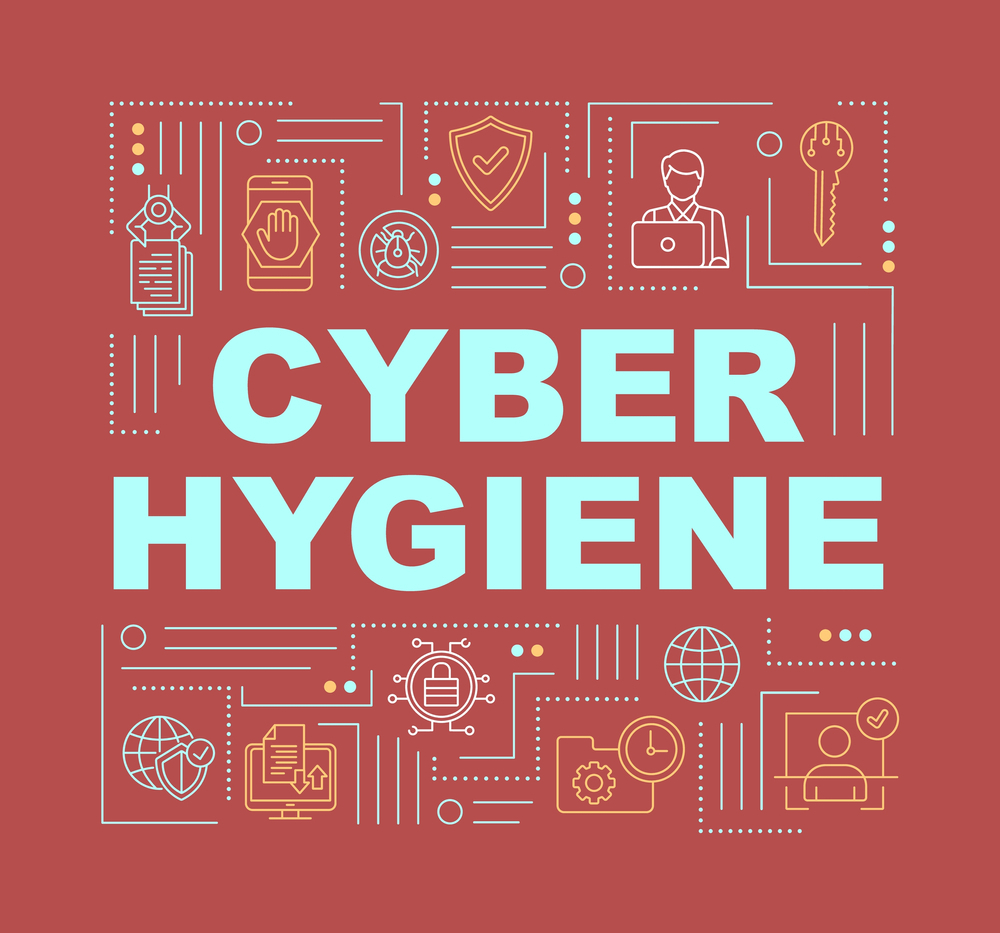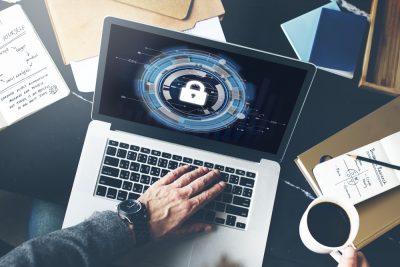Highlights:
- Cyber hygiene can boost the performance of your hardware and software in addition to enhancing security.
- IT personnel can monitor or uninstall software by using cyber hygiene to acquire visibility into all installed and active programs on their network.
Cyber hygiene refers to a collection of regular practices that ensure the secure handling of sensitive information and safeguarding network security. The list of all endpoints connected to a network, vulnerability management, software, and application patching are all examples of cyber hygiene practices.
Cyber hygiene also makes it possible to identify and solve system issues quickly. Tasks include employing network firewalls, installing antivirus software, and creating strong passwords that are updated frequently.
Professionals in cybersecurity help maintain the security of networks, operating systems, printer hardware, and other pieces of technology. Generally, every device linked through an access point is susceptible. By considering different threats, good cyber hygiene helps prevent such vulnerabilities. By avoiding malware and other threats from penetrating networks and devices, this practice aids both individuals and companies in maintaining their data’s security.
Why is Cyber Hygiene Significant?
Developing a cyber hygiene routine that can stop hackers from causing security breaches, using various malware, and breaching personal data is more crucial than ever in the constantly changing digital landscape. For daily tasks intended to safeguard themselves and the sensitive data of their end customers, many organizations rely almost entirely on cybersecurity specialists.
Every employee must comprehend fundamental cyber hygiene procedures and how they play a part in safeguarding and maintaining your IT infrastructure. Better incident response will be possible, and quick and efficient defenses against cyberattacks will be offered.
Cyber hygiene can boost the performance of your hardware and software and enhance security. Programs can deviate from function, and files can fragment if maintenance is not regular. Patching can offer new and improved functionality in addition to lowering such issues.
General Cyber Hygiene Problems
Online Breach
Data breaches are more frequent and expensive than ever. Trade secrets, PII, and PHI, may be exposed because of phishing attacks, inadequate configuration management, and improper network security. This may lead to a user or business identity theft.
Lost and Misplaced Data
Hard drives, internet cloud storage, and SaaS apps that store sensitive data can be hacked, corrupted, have data leaks, or otherwise be compromised. Poor cyber hygiene could result in data loss in various ways; at the same time, it might not be corrupted or lost forever. It’s becoming increasingly common for data to be lost due to the variety of saving patterns.
Outdated Software
Security updates must be periodically applied to software applications to stop known vulnerabilities. Antivirus software and other security software must be updated to keep up with the evolving threat landscape.
Benefits of Cyber Hygiene
The advantages of good cyber hygiene are numerous that ultimately improve your system’s ability to protect against intrusions; major of these is as follows:
Securing consumer data
Cyber hygiene supports several tried-and-tested security procedures, including patch management, password discipline, the use of the proper administrator credentials, and other steps that enhance the protection of client data.
Managing data assets
Robust cybersecurity practices start with an accurate inventory of all your assets. Good cyber hygiene practices are all made possible by maintaining an up-to-date asset inventory, identifying vulnerabilities related to any specific asset, and prompt working on security loopholes.
Spotting non-updated software
Many users who work remotely now put unauthorized software on the computers and other endpoints they connect to the network with. That software probably hasn’t been patched, updated, or secured in a way that makes it a desirable target for attackers. IT managers can monitor or uninstall software using cyber hygiene to acquire visibility into all installed and active programs on their network.
Adhering to compliance requirements
Cyber hygiene makes it simpler to assess and report your organization’s security status and guarantees that it is constantly in line with regulatory and compliance standards by recognizing and prioritizing security issues and allowing IT teams to remediate them promptly.
Cyber Hygiene Best Practices
Cyber hygiene constitutes various methods that build and maintain the security ecosystem of your business. Let’s go through the best and most reliable practices that all organizations should follow to safeguard data, systems, network, and overall security infrastructure.
Managing data asset inventory
When malicious attackers access your network, they’ll first search for your company’s most valuable assets. Therefore, keeping track of your assets is crucial to know what needs to be protected.
Anything deemed “business critical” is likely an asset for most organizations, including company financial data, customer and payment information, patents and copyrights, and proprietary source code, depending on the work. Find and categorize any asset your company owns, whether it is on-site or on the cloud, together with its storage location and users.
Regular software updating
Operating system and application patches must be deployed frequently and promptly to reduce the threat of malware infiltrating your network. A robust patch management system is one of the best lines of defense against data breaches and other security problems.
Using complex passwords
Regularly updated passwords are an effective first line of defense against various security risks. Regular users should use passwords with at least ten characters, whereas administrative users should use passwords with at least 15 characters that are verified against existing password dictionaries.
Having a prompt incident response plan
To limit the damage and disruption caused by an attack, businesses of all sizes should have an incident response plan in place. In just a few hours, an attacker can take control of a system and start moving laterally through a network; therefore, creating a rapid response mechanism that minimizes data exfiltration and hacker dwell time is critical.
Maintaining an index of all programs and equipment
You can start scrutinizing the list and looking for vulnerabilities after compiling an exhaustive list of all components with cyber-facing functionality. Wipe down unused equipment, then properly dispose of it.
All user passwords should be changed, and outdated software and apps should be updated. The programs should be appropriately removed if they aren’t used frequently. There should be a specialized software program or app for each function that all users should use.
Following a cyber hygiene policy
To maintain cyber hygiene, the newly defined network of hardware and software will require a set of standard procedures. If there are numerous users, it is advisable to formalize these procedures into a specific policy that all users with access to the network must abide by.
Restricting administrative privilege
The usage, assignment, and configuration of administrator privileges are tracked, controlled, prevented, and fixed using processes and tools created per the concept of least privilege and other access control techniques like two-factor authentication or multi-factor authentication.
Protecting email and browser
The attack surface and potential for attackers to influence user behavior through email and web browsers can be reduced by this restriction.
Imparting security training
You must identify the required knowledge, security skills, and abilities to assist the organization’s defense. Establish and implement a plan to assess, identify, and close gaps through planning, training, and awareness programs.
Deploying an automated backup system
IT staff members must ensure that, even if something suspicious occurs, the business won’t lose work or crucial data for its operations. A manual backup schedule is no longer sufficient for a secure organization due to the growing importance of IT, data hazards, and market dynamism. Consider using good cloud services as an automated option. This can make your task easier while still availing enough time for the team.
Wrapping Up
As the reliability of technology continues to grow, prioritizing cyber hygiene becomes increasingly vital. Implementing the abovementioned practices can significantly reduce the risk of falling victim to cyber threats.
Cultivating good cyber hygiene habits is not a one-time task but an ongoing commitment to staying vigilant and proactive. Remember, today’s small efforts can go a long way in protecting your digital world tomorrow.
Delve into the latest security related insights through our comprehensive Security Whitepaper library.














